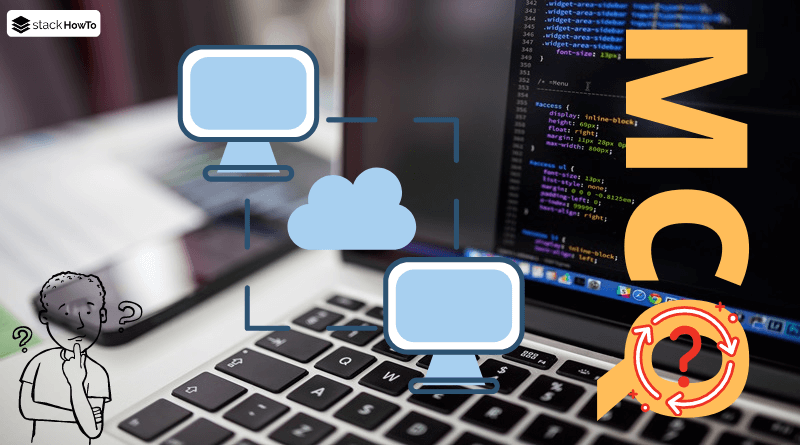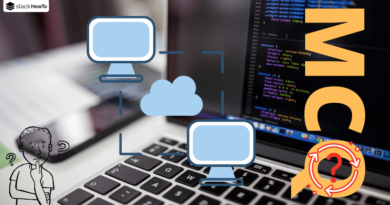Computer Network MCQ – Physical layer – Part 1
Networking MCQs questions with answers to prepare for exams, tests, and certifications. These questions are taken from a real written exam and some parts are taken from an interview. So you will find questions on CCNA, TCP/IP, Protocols, IP addressing issues, OSI model, and more. This MCQ will easily prepare anyone to pass their exam.
1. The physical or logical arrangement of the network is called________?
A topology
B routing
C networking
D None of the above
2. In _______ topology, there is a HUB.
A star
B mesh
C ring
D bus
3. _______ topology, requires a multipoint connection
A star
B mesh
C ring
D bus
4. The communication system that covers a state, country or the whole world is called a _______ network?
A LAN
B WAN
C MAN
D None of the above
5. The communication system in a building or campus is ___?
A LAN
B WAN
C MAN
D None of the above
6. The WAN means _______?
A World area network
B Wide area network
C Web area network
D None of the above
7. In TDM, the time slots are divided into _______?
A Seconds
B Frames
C Packets
D None of the above
8. Which multiplexing technique moves each signal to a different carrier frequency?
A FDM
B TDM
C FDM and TDM
D None of the above
9. The sharing of a medium by two or more devices is called _________?
A Full duplex
B Multiplexing
C Both A and B are true.
D None of the above
10. Multiplexing is used in the _______?
A packet switching
B circuit switching
C data switching
D None of the above




